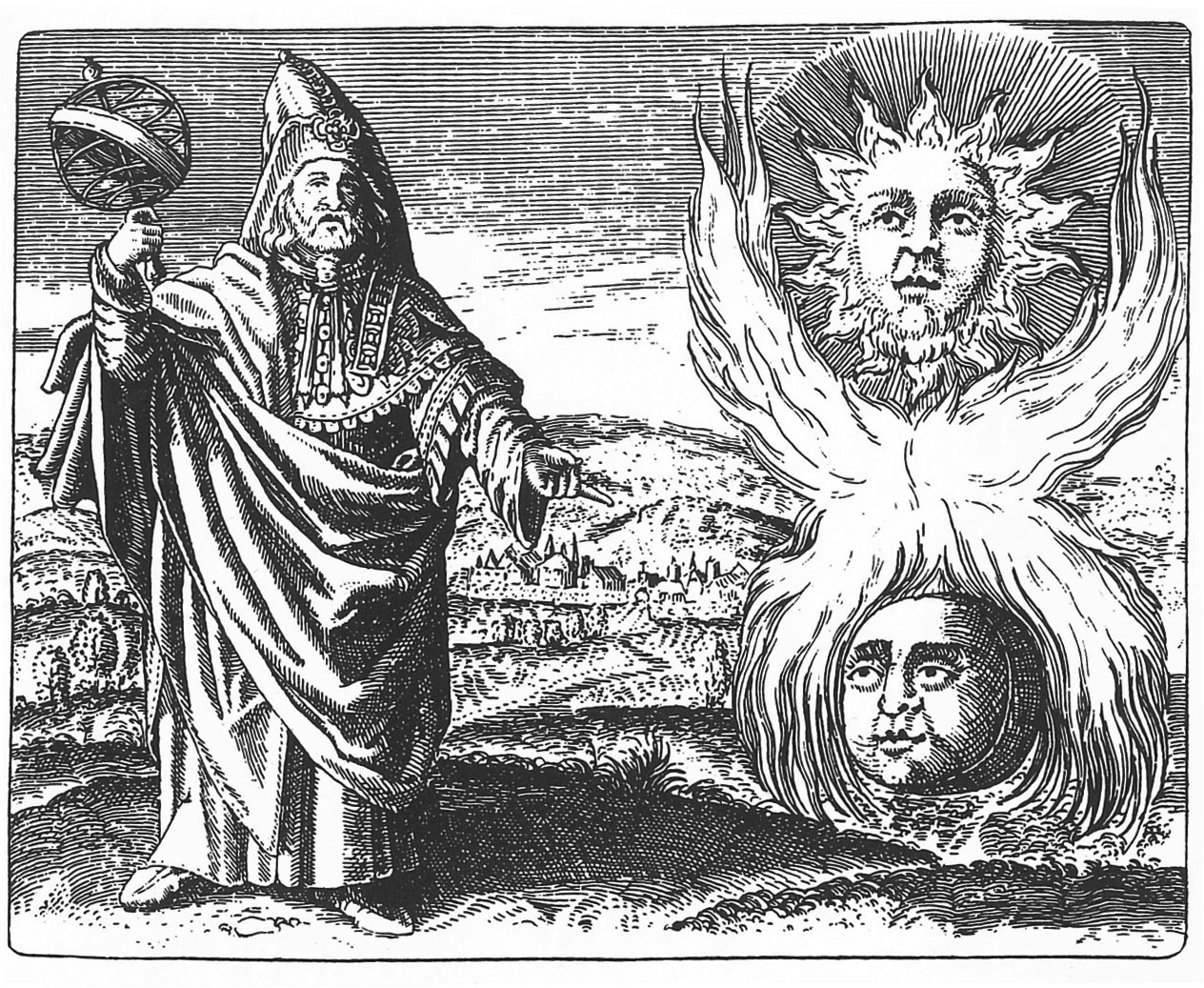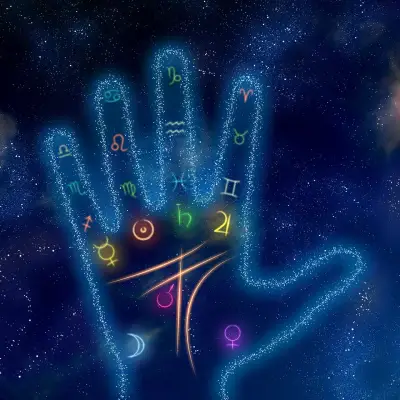Alchemy is a philosophical and proto-scientific tradition that began in ancient Egyptian, Greek, Chinese, and Indian cultures. It was extremely prominent in mediaeval and Renaissance Europe, and blended philosophy, mysticism, spiritualism, and proto-chemistry. The most enduring imprint that alchemy has left on popular culture is the goal of transmuting base metals into gold (known as the “Magnum Opus” or “Great Work”) and the search for the elixir of life via the Philosopher’s Stone. However, once upon a time there was a lot more to it than that!
Jump to:

Introduction to Alchemy
Alchemists sought to understand the fundamental principles of nature and the universe. They were interested in not only the transformation of materials, but also:
- The nature of substances.
- The relationships between the micro (individual) and the macro (universe).
- The union/harmonisation of opposites/conflicting forces.
- The underlying principles that governed the cosmos.
Practitioners of alchemy sought to attain higher states of consciousness, wisdom, and spiritual enlightenment. The pursuit of the Philosopher's Stone and the transmutation of metals therefore served as metaphors for spiritual growth, personal transformation, and the quest for universal knowledge.
Recommended for you!
Best SellersThe Seven Planetary Metals
Alchemy made use of the four classical elements of air, earth, wind and fire. However, seven metals - associated with the seven classical “planets” that were visible to the naked eye - also played a leading role in alchemical symbolism. Initially, the exact choices of metal and planetary correlations varied a little, but they’d largely stabilised by the 16th century. Associations and symbolic meanings were crucial in alchemical practices, where the transformation of base metals into gold was not only seen as a physical process, but also a spiritual journey toward enlightenment.
Lead - Saturn
Chemical Symbol: Pb
Heavy and dense, Lead was the first and oldest of the seven metals of alchemy. It was thought to symbolise the prima materia: the raw material from which transformation begins. Its associated planet, Saturn, represented limitations, discipline, and the beginning of all alchemical processes.
Tin - Jupiter
Chemical Symbol: Sn
Malleable and resistant to corrosion, Tin was thought to symbolise the malleability of the soul and the incorruptible quest for wisdom that spiritual alchemy pursued. It was thought to be the product of a union of air and earth. Its associated planet, Jupiter, represented expansion, growth, and benevolence.
Iron - Mars
Chemical Symbol: Fe
Iron is the 4th most common element in the world by mass, as it forms much of the Earth’s outer and inner core. Strong and durable, it unsurprisingly came to symbolise strength and resilience, but was also thought to showcase the transformative and purifying aspects of alchemy. Its associated planet, Mars, represented energy, conflict (Mars was depicted as the god of war in Ancient Rome), and transformation.
Gold - Sun
Chemical Symbol: Au
Precious and incorruptible, gold was the symbol and the ultimate goal of the “Great Work”: the transmutation of the base into the noble. It was viewed as the highest state of perfection - being made from a combination of air, earth, wind and fire - and was a metaphor for spiritual enlightenment. The Sun, its associated celestial body, was thought to be not only a source of light and life, but also spiritual illumination.
Copper - Venus
Chemical Symbol: Cu
Vibrant and attractive, copper symbolised beauty and allure. The ancient Greeks knew it as chalkos, and the Romans as cyprium (largely due to it being mined in Cyprus). Its association with Venus - worshipped as an ancient goddess of love, beauty, and harmony - was therefore clear. Copper was once used to make mirrors, which further explains the link with beauty. However, in alchemy it also represented the power to harmonise opposites, and was believed to come from a union of fire and water.
Mercury - Mercury
Chemical Symbol: Hg
Called “Quicksilver” in ancient traditions, Mercury is a liquid at room temperature, and was therefore taken to symbolise the fluidity and volatility of the alchemical process. It is the only metal that still retains its planetary name as its common name. Although lead was believed to be the first metal, Mercury was the “First Matter” from which all other metals were formed (using varying degrees of sulphur). Mercury, both the planet and the metal, is associated with communication (hence the god Mercury being the messenger of the Roman gods), change, and transformative processes. Alchemists thought that Mercury transcended the states of solid and liquid, and it was often represented by the symbol of the serpent.
Silver - Moon
Chemical Symbol: Ag
Lustrous and reflective, silver symbolised purity and clarity, as well as receptivity, intuition, and the reflective aspect of the soul. It was thought to come from a union of air and water. The Moon, its associated celestial body, represented intuition, the subconscious, and the divine feminine.

Alchemical Symbolisms
As we’ve just outlined, each planetary metal held a unique symbolic meaning in alchemical tradition. Alchemical symbols also often combined planetary metals to represent more complex concepts. For example, the union of opposites, such as the combination of the Sun (gold) and Moon (silver), could symbolise the alchemical “marriage” of masculine and feminine principles. Each of the seven metals of alchemy was also linked to the stages of the “Great Work”. For instance, lead could represent the initial stage of calcination or decomposition, while gold represented the final stages of perfection and enlightenment. A couple of historical examples where alchemists explored the nature of the seven metals in more detail include:
Paracelsus and Mercury
The renowned alchemist Paracelsus emphasised the significance of mercury in alchemy. He believed that mercury served as a bridge between the spiritual and the material realms. Paracelsus greatly contributed to the understanding of mercury's transformative properties, and also its role in achieving alchemical goals.
Isaac Newton's Alchemical Interests
While Isaac Newton is rightly famous for his contributions to physics, he was also deeply involved in alchemical pursuits. Newton conducted experiments with metals like mercury and lead, and sought the Philosopher's Stone, the Elixir of Life, and the ability to transmute metals. His alchemical writings were discovered long after his death, and shed plenty of light on his more esoteric interests.
Approaches to alchemy were very diverse throughout history, but understanding the seven metals and their transformative properties was a theme that ran strongly throughout this fascinating discipline’s history. Alchemy, as both a spiritual and practical pursuit, has left a lasting legacy in the realms of science, philosophy, and mysticism, and our Alchemy Diploma Course lets you dig deeper into this subject.
For just £29 (save £98!), you can uncover both the spiritual and the practical applications of alchemy, and see whether these two esoteric traditions are actually more entwined than you thought. This is also a great course for those who have an interest in complementary therapies. After all, alchemy sought to create health, happiness and peace, which is something that we’re all working to achieve!












